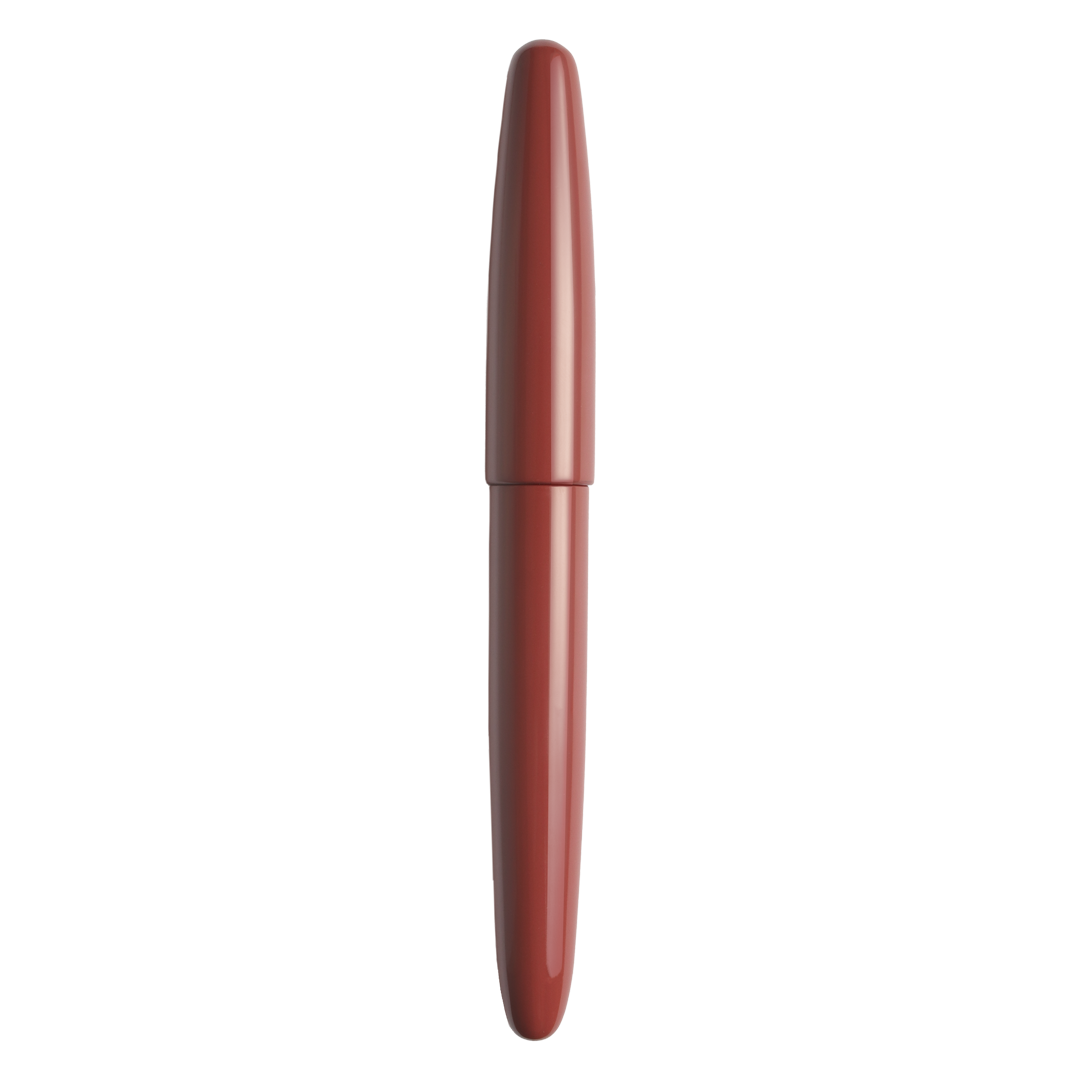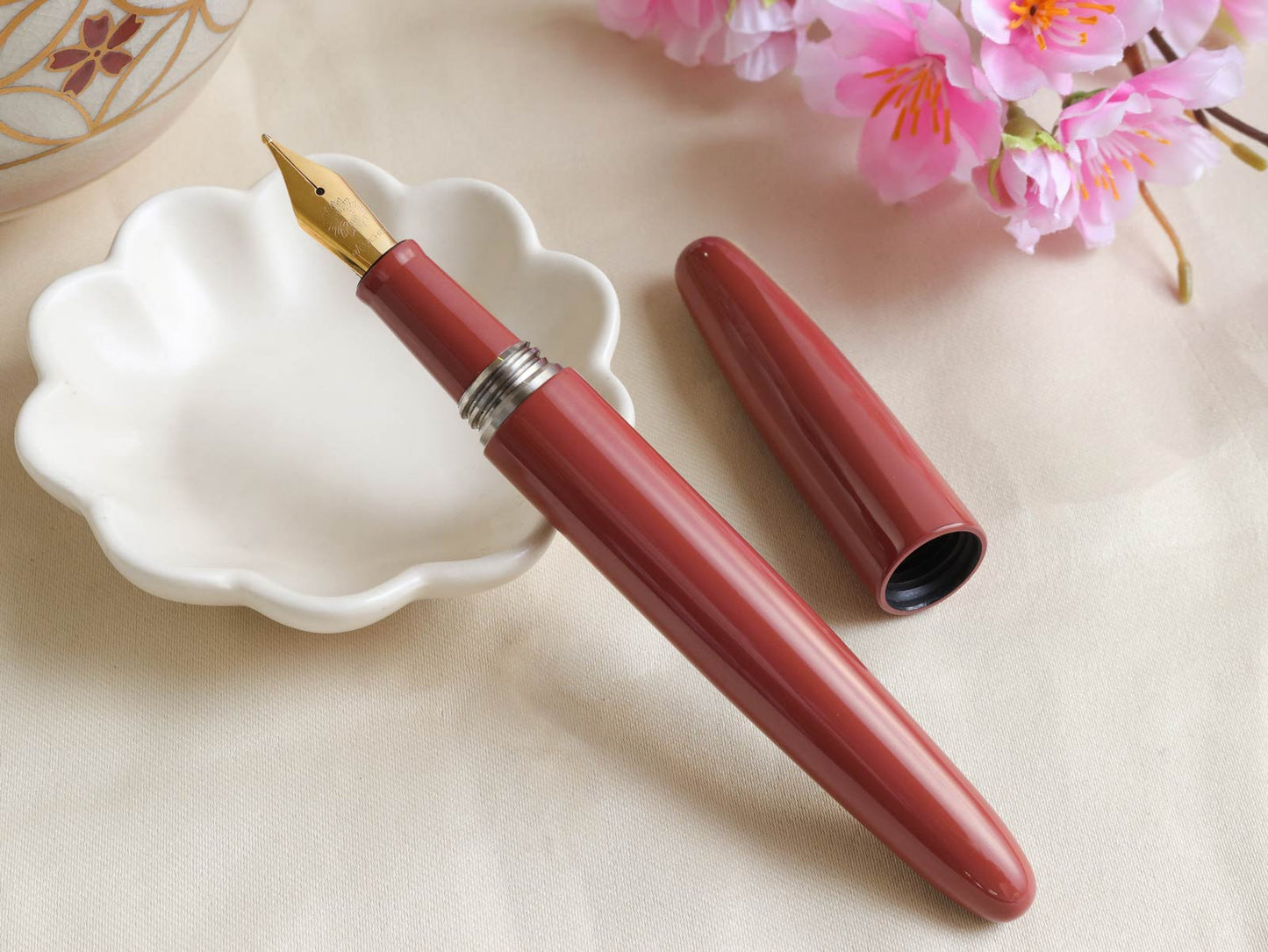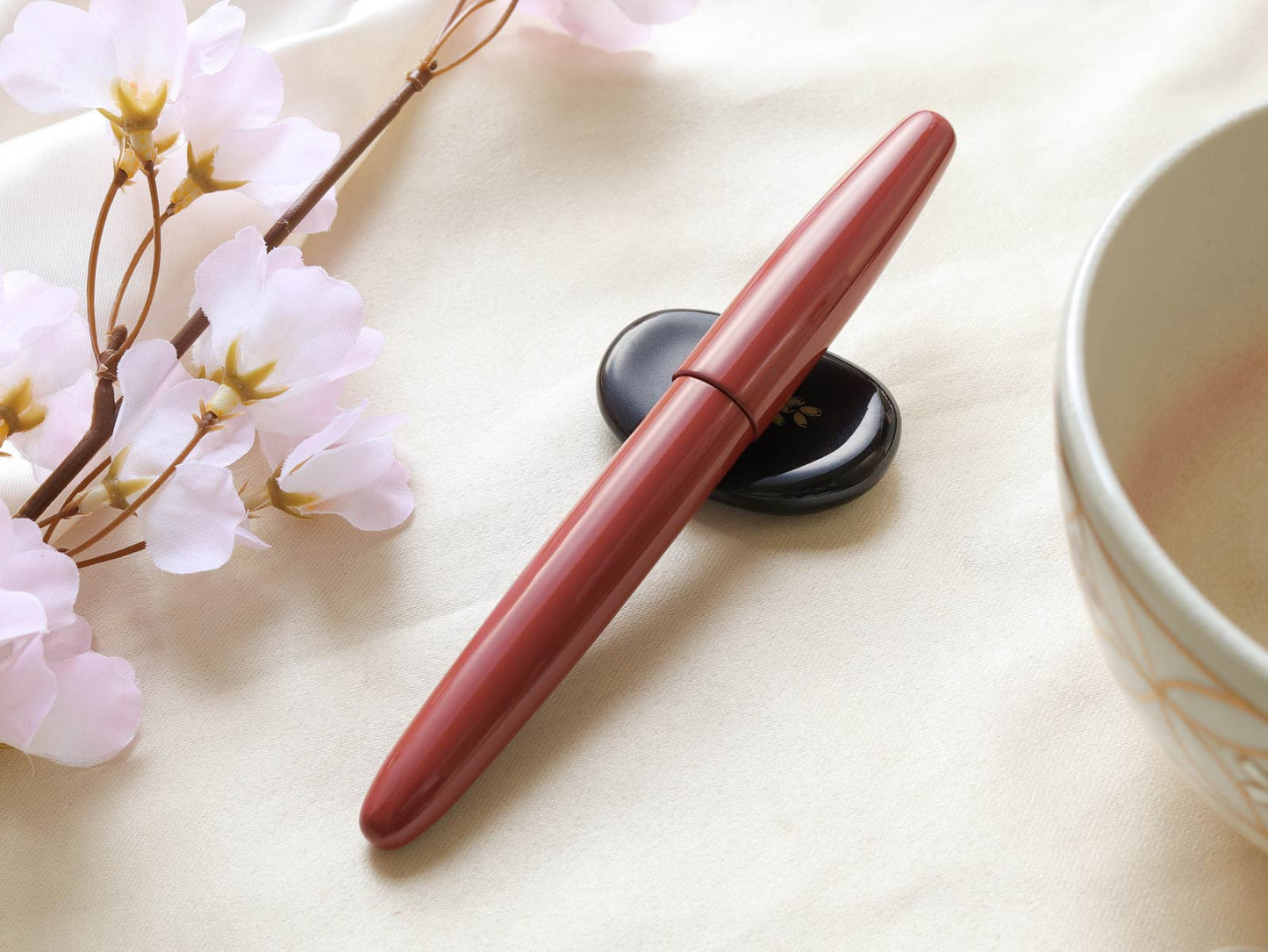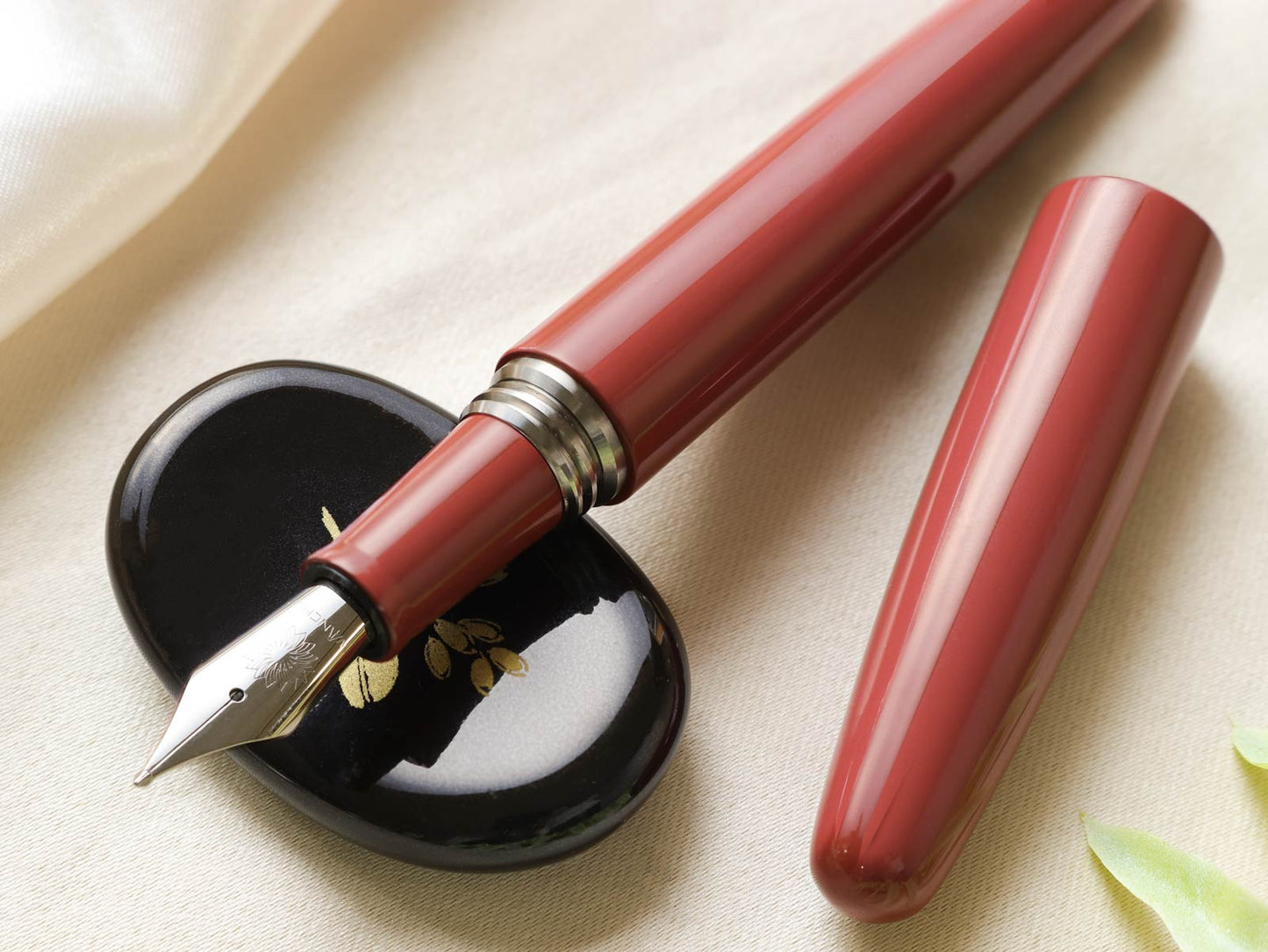Kyoto Urushi Kasane-iro - Ume
Kyoto Urushi Kasane-iro - Ume
Couldn't load pickup availability
Description
Description
Kyoto Urushi - Kasane no Iro
During the peaceful Heian Period (794-1185 AD), Japanese culture and society flourished, allowing literature, cuisine, and even fashion to explore interesting new ideas. One of the most significant and enduring concepts from this time was the Kasane no Irome ( かさねの色目 ), which related to the layering of robes in a kimono to produce multi-colored patterns or unique gradients that cannot be achieved through the dyeing techniques of that time.
A kimono following Kasane no Irome would typically have an Uwagi (the over or outer-robe), the Hitoe (the under-robe), typically followed by five layers of varying shades or colors, although some of the more complex designs utilize up to eight different robes. Each layer of color would have a specific meaning that would correspond to both the event (for example, the summer festival), or it would relate to the wearer's status and even mood of that day. Combining these colors would then create an even greater meaning, making the kimono multi-layered in both a literal and figurative sense.
Today, the kimono is no longer commonplace, yet the meaning of these colors, and the colors themselves still retain their meaning and significance, even if we are not aware of it.
The Ume
Whether it's referring to the blossoming petals of a tree, or the flavorful topping of a Japanese cocktail, the 'Ume' or Plum satisfies many roles in Japan. The Kyoto Urushi - Ume is, of course, inspired by the dark red fruits that create complicated flavor profiles of sweetness and sourness all in one.
Like our other Urushi fountain pens, the Ume's beauty goes beyond what we merely see, and it extends to how it feels in our hand, and our enjoyment of the art of writing.
Specifications
Material & art: Ebonite, Urushi,
Filling mechanism: Converter or Cartridge (European International Standard)
Nib: #6 Jowo stainless steel, Wancher 18K Gold, Keiryu, Keiryu Kodachi
Feed: Plastic, ebonite black, ebonite red (ebonite feeds are only compatible with Jowo nibs)
Compact air-tight cap: Prevents dried-out ink problem

Size & Shape

Packaging
Traditional Japanese Wooden Box + Pen Kimono + Instructional Materials + Certificate + Converter + Cartridge
Duties & Taxes
Duties & Taxes
For international orders, customers are responsible for any sales tax, duties, brokerage fees, and / or other taxes imposed by the government of the destination country, in addition to the quoted or invoiced price.
Learn about Wancher's terms of service for our premium fountain pens and writing instruments. Find important information on purchases, warranties, and customer rights. Essential reading for all Wancher pen enthusiasts and collectors.Share










